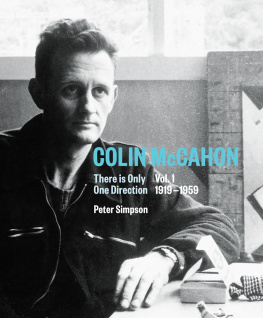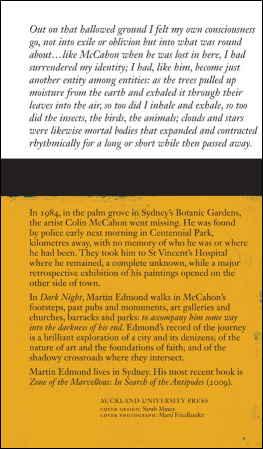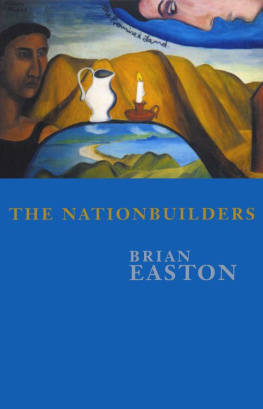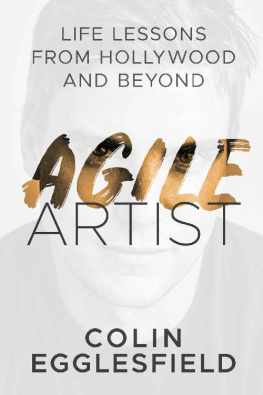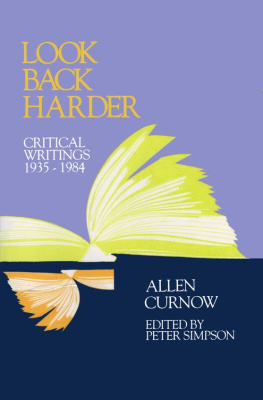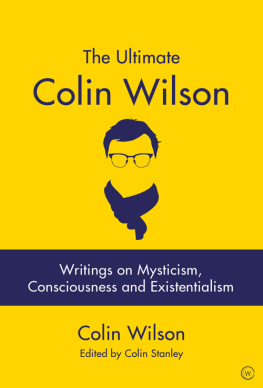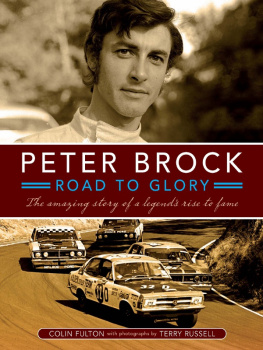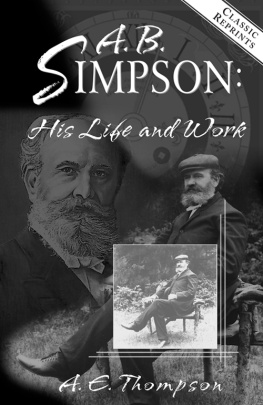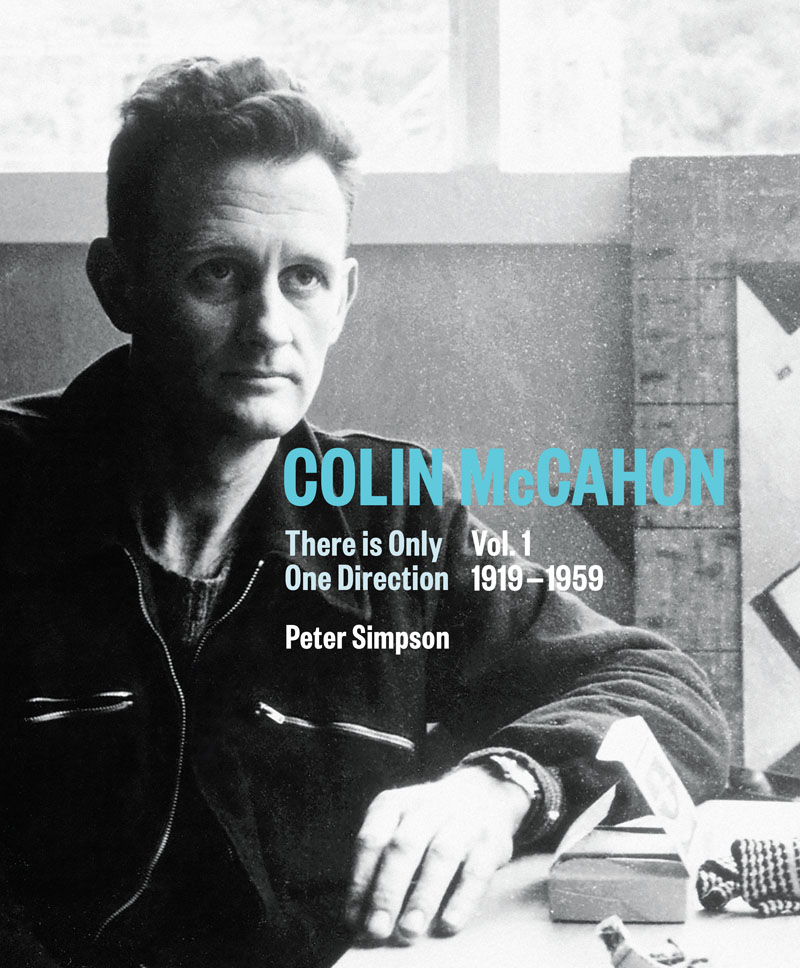




For my granddaughters Heidi, Nina and Minka

PREFACE

Let us possess one world, 1955, enamel, oil on hardboard, 760 x 560 mm
I first saw Colin McCahon paintings in Christchurch more than fifty years ago, in Group Shows and annual Contemporary New Zealand Painting exhibitions toured by Auckland City Art Gallery. I saw such unforgettable works as The Fourteen Stations of the Cross (1966) and the four paintings called Still life with altar (1967). I was immediately struck by the emotional power and intriguing originality of McCahons work. The paintings grabbed me then and they grab me still. Their interest for me has, if anything, grown stronger over the years. It is hard to put into words exactly the appeal of such works then or now. It has something to do with the bold simplicity and beauty of their imagery the restriction to a few colours and forms, and the subtle relationships between various parts of a sequence or group and something to do with the challenge presented by the paintings meaning; the relationship for instance between their titles and their pictorial forms. T. S. Eliot once wrote (in a 1929 essay on Dante) that genuine poetry can communicate before it is understood, and the same is surely true of the paintings and drawings of McCahon; communication may be immediate (or not as the case may be) but understanding may take time to achieve. In this two-volume study I express what McCahons art has communicated to me and such understanding of it as I have gained from years of looking, thinking and research.
Unless you lived in Auckland in the 1960s and could attend his annual shows at Ikon or Barry Lett Galleries it was hard to see McCahon paintings in those days, and there were literally no books on New Zealand art in which to see his work; the quarterly Landfall, edited by Charles Brasch, and other short-lived journals such as Ascent, occasionally reproduced works by him. The holdings of McCahons work in public galleries were still minimal except for Auckland City Art Gallery; for instance, Christchurchs McDougall Gallery had only one work, Tomorrow will be the same but not as this is (195859), before the 1970s. I recall falling on a series of pamphlets called New Zealand Art, edited by Peter Tomory and published by Reed in 1968, which reproduced such outstanding works as Spring, Ruby Bay, Six days in Nelson and Canterbury and Here I give thanks to Mondrian.

Tangi necessary protection, 1972, synthetic polymer paint on paper mounted on board, 730 x 1098 mm
While studying and teaching in Canada between 1968 and 1976, I had new publications sent to me from New Zealand such as Gordon Brown and Hamish Keiths An Introduction to New Zealand Painting 18391967 (Collins, 1969), which devoted a chapter to McCahon and reproduced eight of his works; Gil Dockings Two Hundred Years of New Zealand Painting (Reed, 1971) included such masterpieces as The Virgin and Child compared (1948) and On building bridges (triptych) (1952). But the publication I most valued in those years not being able to see the exhibition which it accompanied was the catalogue for Colin McCahon: A Survey Exhibition (Auckland City Art Gallery, 1972) with copious illustrations and the artists memorable autobiographical commentary on almost every work.
Back in Christchurch in 1976, I soon caught up with what McCahon had been doing in the interim through the survey show McCahons Necessary Protection, which was touring the country at the time; it introduced me to such important late works and series of the 1970s as The days and nights in the wilderness, Necessary protection, Parihaka triptych, The Song of the Shining Cuckoo, Clouds, Noughts and crosses and Rocks in the sky. The Canterbury Society of Arts Centennial Exhibition in 1980 enabled me to see such important late works as The Five Wounds of Christ (197778), The flight from Egypt and Paul to Hebrews (both 1980). A major highlight in the years that followed was Gates and Journeys, the posthumous survey show curated by Auckland City Art Gallery in 1988 and shown in Christchurch in 1989. With this exhibition, even in its reduced form for travelling, I finally had the opportunity to see the whole magnificent spread of McCahons career from Harbour Cone from Peggys Hill (1939) to I applied my mind (1982).
In about 1990 I began making the transition from being an enthusiast for McCahon to becoming a serious student of his work. A great stimulus to this process was time I spent (with Creative New Zealand support) at the Hocken Library in Dunedin which in those days (in a different building from now) gave researchers free and unrestricted access to the stacks and therefore to the superb collection of nearly 200 McCahons built around bequests from his parents, John and Ethel (especially rich in early works), from Charles Brasch (especially for early biblical paintings and Titirangi-period landscapes), from Rodney Kennedy (rich in drawings for landscapes and theatre designs) and others including McCahon himself; he had gifted to the Hocken Dear Wee June (1948), The Wake (1958), Northland triptych (1959), John in Canterbury (1959) and The Song of the Shining Cuckoo (1974). The Hocken collection is especially strong in works from the first half of McCahons career (up to 1959).
Out of my close-up, prolonged and first-hand exposure to this body of work, I developed a number of research projects which took me more than a decade to complete. As a specialist in New Zealand poetry (my primary field as an academic at Canterbury and Auckland universities), I was especially interested at that stage in McCahons use of words and poetry, and, in particular, his relationships to the poets James K. Baxter, Charles Brasch and John Caselberg. Among the eventual outcomes of this research were the exhibition Candles in a Dark Room: James K. Baxter and Colin McCahon (Auckland City Art Gallery, 199596), the nationally touring exhibition Answering Hark: Caselberg/McCahon, Poet/Painter (Hocken Library, 19992001) a book of the same name followed in 2001 and (much later) the 2009 Hocken Lecture Patron and Painter: Charles Brasch and Colin McCahon (Hocken Collections, 2010). At the University of Auckland for several years after 2000, I taught a graduate course (the first on McCahon in the country, I believe, and certainly the first in an English Department) called McCahon and the Poets which included Peter Hooper and Gerard Manley Hopkins as well as the three poets named above. In 2001, I edited Colin McCahon,
Next page
